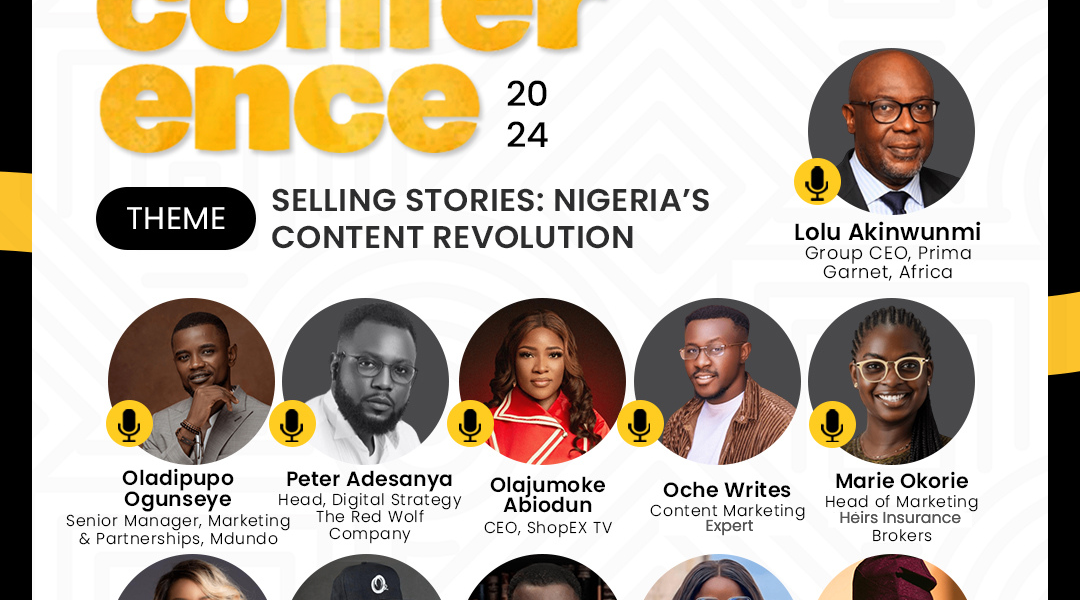Advertisers employ various metrics to gauge the effectiveness of their campaigns, from conversion rates and engagement to clicks and impressions.
But have you ever considered the value of measuring screenshots?
Today, acknowledging the significance of screenshots in advertising metrics opens up new possibilities for understanding audience behavior and enhancing the effectiveness of marketing campaigns.
Chances are, you’ve captured at least ten different things on your phone through screenshots.
Whether it’s a product, an ad, inspiring quotes, daily affirmations, or even a fabulous outfit worn by your favorite celebrity or endorsed by a popular influencer, we’re now in the era of what I may call the “screenshot economy”.
(I didn’t know what else to call it)
Measuring screenshots as a metric for advertising effectiveness is an emerging concept with vast potential. Screenshots represent more than just a digital memento, they signify genuine engagement and interest.
Unlike other metrics, screenshots are a proactive action taken by users. They capture a moment of resonance with the content and reveal a viewer’s intent to revisit or share it. The act of taking a screenshot can be a prelude to further actions, from product research to purchase.
“It would be nice if screenshots can be measured, maybe by an app or a research company that can track screenshots as a key tactic to measure advertising effectiveness,” says Deola Art Alade, MD/CEO, Founder of Livespot360 in a conversation with MARKETING EDGE.
Speaking further she said “When people take a screenshot of your ad or product, or let’s say a random post on social media or on your website, it is because they find your presentation interesting, your display is captivating, and something about that visual image or post or content has caught their interest and this is something we do countless times a day.”
In contrast to actions like Saving content, which people do less frequently, taking and sharing screenshots is a more accessible and common practice. Moreover, the beauty of screenshots is that you can revisit them conveniently as you navigate through your phone’s image gallery, offering a dynamic dimension to your digital interactions.
Oti Ukubeyinje, Consumer Data Lead for Africa at Diageo, emphasized that while there’s currently no technical means to measure screenshots, tracking them could be a valuable addition to ad metrics.
Echoing this sentiment, Fridel Makun, Head of Sales Marketing for Africa at Mdundo, expressed that if technology could quantify screenshots, advertisers would readily embrace it.
“A screenshot could be considered an engagement or a significant “takeaway” from an ad,” Fridel said, adding that “It not only indicates interest but also foreshadows the next steps.”
“Some individuals use screenshots to verify products using tools like Google Lens, while others employ them for inspiration. Screenshots hold intrinsic value, as people often revisit them, keeping their initial intent at the forefront. The ripple effect extends further when individuals share screenshots in group chats, amplifying their impact.”
Olayinka Bolaji, director of marketing and head of growth, Walify also noted that currently, advertising tools lack the capability to measure screenshots.
“Instead, the focus remains on tracking “saves,” particularly on social media platforms. This stands in contrast to banner ads and video ads, such as those on YouTube, which are subject to different evaluation metrics,” he added
As time passed, screenshots have also proven their value by serving a dual purpose. They not only jog one’s memory about products of interest but also fulfill an informative role. People frequently share screenshots with friends and social groups, seeking opinions and feedback on posts, ads, or valuable pieces of information.
Ultimately, the power of screenshots spans various sectors and should not be underestimated. It’s the catalyst for content going viral, as you can take a screenshot of a post on platforms like LinkedIn, Instagram, or WhatsApp status, and seamlessly share it across different channels or with friends, who can then propagate it to their audiences.




